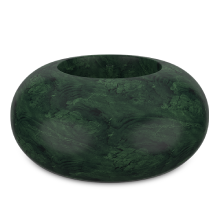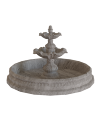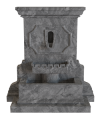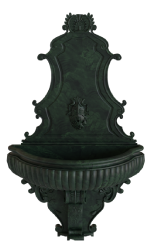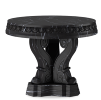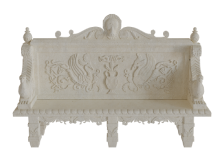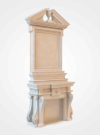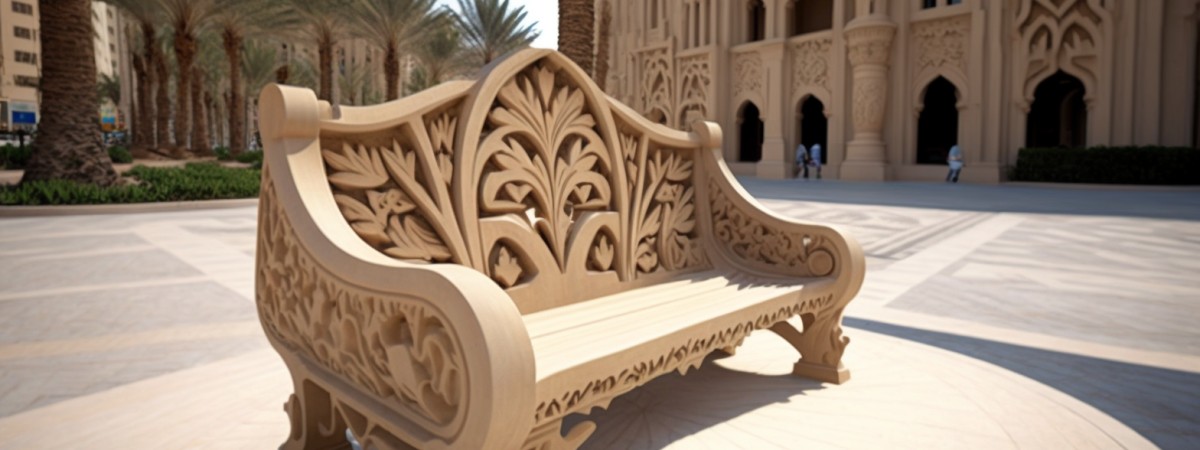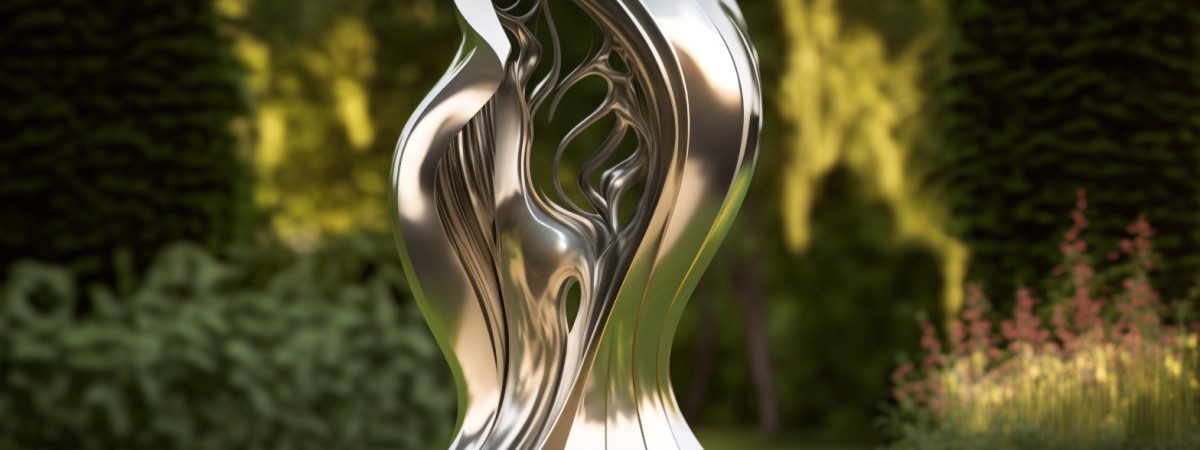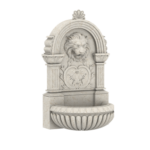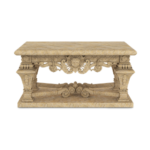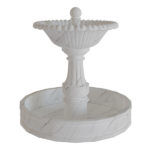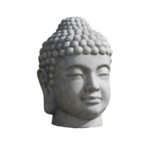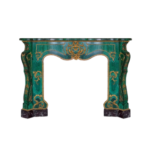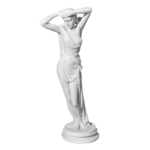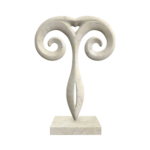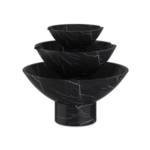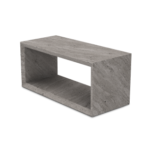September 29, 2023 Author: Michelle Simpson
Mastering Project Scope Lockdown: A Guide for Landscaping Designers, Architects, Interior Designers, and Contractors
In any project, defining and controlling the scope is one of the most critical factors that influence success. This is even more relevant for those in the fields of landscaping, architecture, interior design, and contracting, where numerous variables, stakeholders, and components intersect. Whether you are creating a lush backyard oasis, designing a modern corporate building, or restoring a historic interior, aligning project scope with your client is the compass that keeps your journey on track. This article will walk you through the steps to effectively lock in your project scope with your client.

Understand the Client’s Vision
Your first step is to fully comprehend the client’s vision. Conduct thorough discussions about their preferences, expectations, and requirements. For landscaping projects, understand their preferred plants, colours, and functional needs. Architects and interior designers should delve into the client’s aesthetics, space utilisation, and key features they want to incorporate. Contractors need to grasp the technical specifications, timelines, and resource allocation.
This initial communication is the foundation of a shared understanding that forms the basis of your project scope. Remember, the objective is to ensure that your client’s vision is feasible within the given constraints.

Define the Project Scope
Once you understand the client’s vision, it’s time to define the scope of the project. This involves detailing what the project will deliver and what it will not. The scope should encompass aspects like design elements, material selection, project milestones, timelines, and budget. Be sure to break down large tasks into manageable subtasks, which can make the scope more digestible and easy to monitor.
This is also the stage where you set boundaries. Clearly establish what is outside the project scope to manage client expectations and prevent scope creep. Remember, your project scope is a strategic tool that keeps your team focused and your project on track.

Involve Key Stakeholders
Involving key stakeholders is a critical step in locking your project scope. This could include the client, team members, subcontractors, and any other relevant parties. Ensuring that all stakeholders understand and agree on the scope helps prevent misunderstandings and disputes later on.
This step may involve several discussions and revisions until everyone is on the same page. Remember to document all changes and get approvals on the final scope.

Use Visual Aids
In the world of design and contracting, visual aids are powerful tools. Use sketches, renderings, or 3D models to convey the project scope to your client. Seeing the end product can help clients understand what to expect and provide constructive feedback. This approach can also aid in spotting potential issues before they turn into costly changes.

Create a Formal Scope Document
Once you have agreement from all stakeholders, document the project scope in a formal ‘Scope of Work’ or ‘Statement of Work’ (SoW) document. This document should outline the project’s purpose, deliverables, milestones, timeline, budget, and any other crucial aspects of the project. The SoW is an official agreement that lays out what the client should expect and what your team commits to deliver. This document becomes your guiding beacon as the project progresses.

Manage Scope Changes
Even with a well-defined scope, changes can and often do occur. It could be due to unforeseen site conditions, design revisions, or changing client preferences. To handle this, have a scope change process in place. This involves evaluating the impact of the change, getting client approval, and updating the scope document. Strictly adhering to this process can help manage scope creep and keep your project within the agreed boundaries.

Regularly Review the Project Scope
Finally, make scope review a regular part of your project management routine. This involves revisiting the scope document, tracking progress, and identifying any deviations. Regular reviews help keep the project on track and allow for timely adjustments if required.

Remember, locking your project scope is an ongoing process. It requires consistent communication, meticulous documentation, and vigilant tracking. However, the effort is well worth it. A well-managed project scope keeps your team focused, your project on schedule and budget, and most importantly, your client satisfied.
In the world of design and contracting, the ability to manage the project scope is a skill that sets apart the best from the rest. So, use these steps as a guide to navigate your next project and lock your project scope like a pro.





